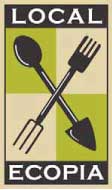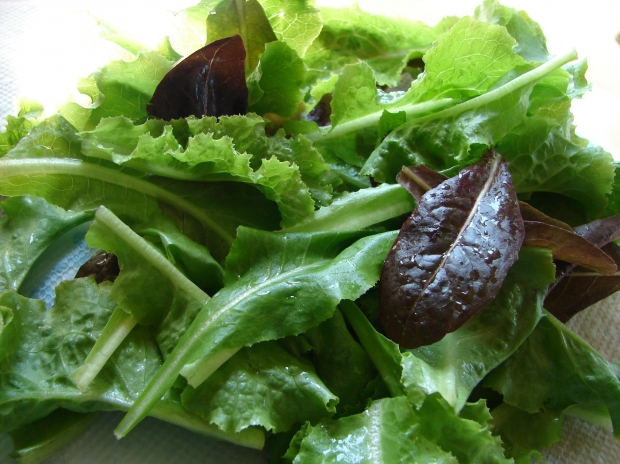We have been conditioned to accept that food is food only if we can find it on the grocery store shelves. This is unfortunate since we can find tasty and nutritious food all around us – and it’s free!
Garden guides help us identify pesky plants that grow well even where we struggle to keep that St. Augustine grass lush and green and our vegetable garden free of items we didn’t plant. It may be time to put away the Roundup and to stop killing those plants invading our space. With a little study, we can learn to indentify these plants and get rid of them with a much better method. We can eat them!
Take a minute and look at some of the common weeds we can find in our landscapes. Use a guide to insure you properly identify them, and give them a try in your salads and recipes. You may find that these are not problems at all, but a newly found resource.
Chickweed: Leaves, stems and flowers can be eaten raw or cooked. It has a flavor similar to spinach. It is also useful as a topical medicine for cuts, burns and rashes.
Wild Amaranth: The leaves can be used wherever leafy greens are called for. Younger leaves are best, but large older leaves can be cooked like spinach.
Dandelion: These unstoppable weeds are a wonderful food source, from blossoms to roots. The small leaves are fine raw, and the bigger leaves can be added to your green salad. Try them in a stir fry. Try the sweet blossoms raw or fried.
Clover: Another easy to spot weed, the leaves and flowers can be added to salads or sautéed. They are a great add to your menu and an important food for honeybees and bumblebees.
Lambs Quarters: We work to kill them, but may cultures grow these for food! This healthy plant can be used in any dish that calls for spinach.
Plantain: This low growing weed (not the fruit of the same name) is a great edible green. The leaves are best when young and can be eaten raw, steamed or sautéed. The leaves are also a fine treatment for burns, stings and rashes.
Purslane: This weed is also known as a nutritional powerhouse. It contains more omega-3 fatty acids that any other leaf vegetable. Try it in salads, stir fry, soups and stews. It adds a peppery flavor to any dish.
Mallow: This plant is also known as Malva or cheeseweed. The leaves and seed pods are fine raw or cooked, and are best when young and small.
This is just a sampling of the many wonderful foods that we are missing out on. Go to www.ediblewildfood.com to look at the amazing variety that is under our feet and waiting to be moved to your table. Put away the week killer and prepare to expand your culinary horizons. Enjoy!
 Localecopia is a nonprofit organization based in Palm Beach, Florida focused upon bringing businesses, producers, educators and government organizations together for the purpose of lessening our carbon footprint by supporting local product consumption, helping operations better utilize waste and bringing together individuals to help achieve sustainable business practices. For information about Localecopia, please visit www.localecopia.org.
Localecopia is a nonprofit organization based in Palm Beach, Florida focused upon bringing businesses, producers, educators and government organizations together for the purpose of lessening our carbon footprint by supporting local product consumption, helping operations better utilize waste and bringing together individuals to help achieve sustainable business practices. For information about Localecopia, please visit www.localecopia.org.

